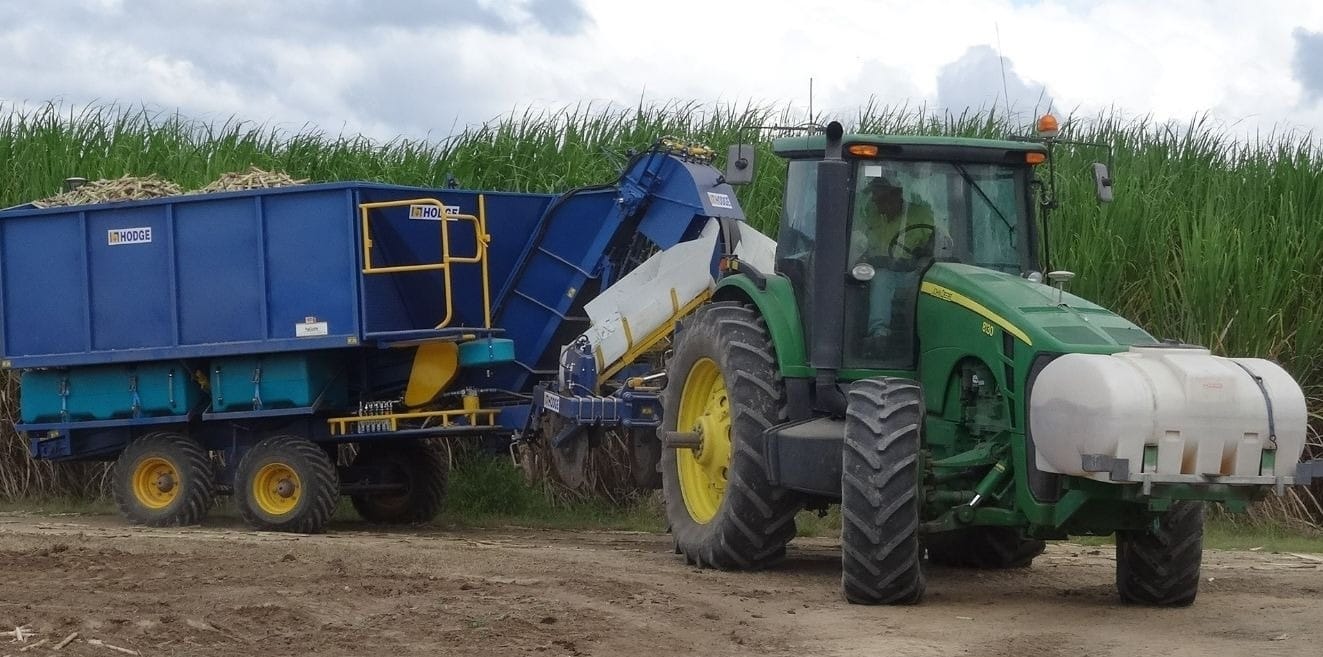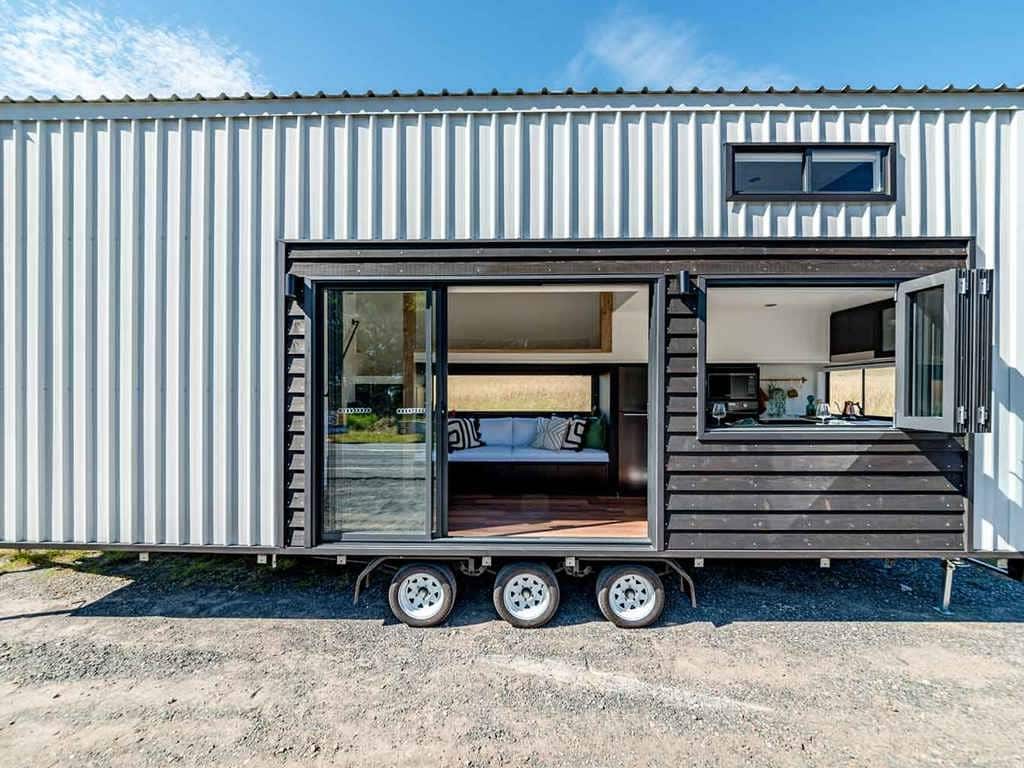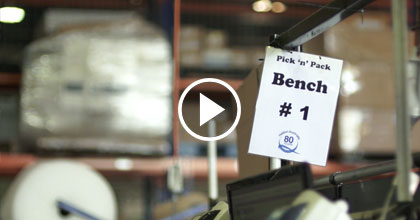 Why do So Few Small Companies Become Big Companies?
Why do So Few Small Companies Become Big Companies?
Every big global company started out small. Hewlett Packard was originally two guys working in a garage. Hershey started out as one chocolate shop (and he even went bust a couple of times before he got it right!) and McDonalds started out with one restaurant. So what is it that means that some small and medium sized companies go on to become big companies, while most hit a growth plateau or even end up declining and going out of business? From my reading and my experience working with hundreds of small and medium sized manufacturers, four things need to come together for companies to be able scale up and grow from small to medium to big:
- Innovation – successful companies don’t just have good products and services, they innovate constantly to improve those products and services. If you rely on “one idea” for your business then your business will follow the lifecycle of that idea and sales will eventually mature and decline.
- Access to markets – today this usually means the global market. If you limit your horizon to your local or national market, then you are going to limit your growth potential. Exporting is hard, and risky, but if you want to become big, you have to take that risk and invest in new markets.
- Finance – In my experience, almost as many companies fail from running out of cash when trying to grow as do from running out of cash due to declining sales and losses. Growth, especially global growth is expensive and cash hungry. Therefore to make sure you have access to the cash you need then manage that cash efficiently. That might mean letting go of some equity to access that cash. However it is better to own 50% of a $100 Million company than 100% of a $10 Million company.
- Leadership. People and Process – Big companies have effective leadership, develop people and have excellent business processes that they can replicate from location to location. They develop people, providing rewarding careers that mean that they have a ready supply of future leaders already steeped in the culture, goals and strategy of the organisation ready to be deployed to each new location they open.
Of these four factors, I think that the last one, Leadership, People and Process, is the foundation or the “ticket to play”. This is because it is the enabler with the other three. Excellent Leadership, People and Process means:
- Establishing effective business processes to eliminate waste and inefficiency improving profit margins and reducing working capital and therefore freeing up capital to invest in innovation and export growth. A profitable business with a strong balance sheet is also going to be much more attractive to potential investors.
- Standardising work processes and finding ways to lock in learnings so that they can be transferred to each new business and location.
- Developing (rather than just hiring) leadership with the skills to lead and empower their teams. This will free up senior leaders to focus on where the business going rather than just fire fighting and reacting to today’s challenges. Developing and implementing business strategy takes time and focus and leaders whose primary focus is whether today’s orders are going out on time and reworking yesterday’s defect production will never have that time and focus.
The question then is how to establish this level of Leadership, People and Process and fortunately the answer here is clear. Lean Enterprise the most successful and proven management system for business (especially manufacturers). It is not true to say that every big business got to where it is using Lean. For small and medium sized businesses starting out though, Lean provides a ready-made and proven approach to management that can be readily adopted to the needs of each business. Lean will provide your business:
- Simple tools and behavioural approaches for Leaders to ensure that they maximise their effectiveness.
- Effective ways to streamline every business process in order to reduce waste, lead time and working capital, improving returns across the business and delivery better outcomes for customers.
- Simple and logical systems to deploy strategy through a business in order to ensure all functions and every organisational level are aligned to a common strategy and also have a mechanism to provide upwards feedback.
- A focus on developing people to ensure sure each employee has the opportunity and empowerment to reach his or her potential, delivering the maximum return to your business on your investment.
Lean is not simple or quick to implement, it takes persistence, commitment and time. The key thing is to make a start. Every step you take along the Lean journey will improve your business and build up the strength and capability of your organisation to grow and invest in its future.
Learn How TXM Works with Small and Medium Sized Businesses to Help them Grow
Find out More About Tim McLean’s Book “Grow Your Factory, Grow Your Profits: Lean for Small and Medium Sized Manufacturing Enterprises”






